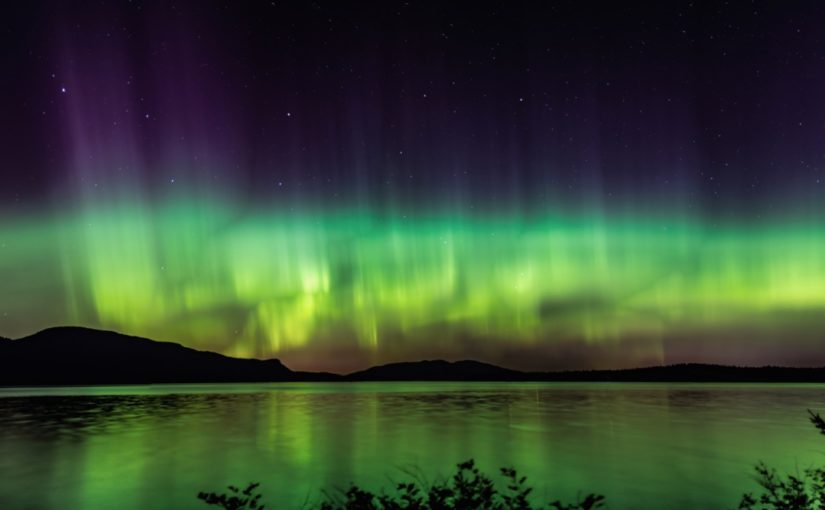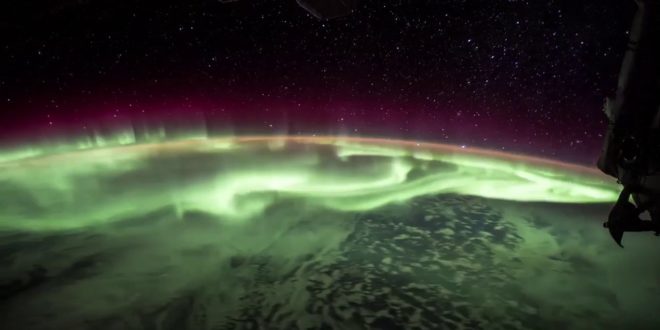Everyone has seen or heard of the stunning Aurora Borealis, also known as the Northern Lights. For millennia, people have been captivated by these mesmerizingly colourful, dancing waves of light. Though the name “aurora borealis” was coined in 1619 by Italian astronomer Galileo Galilei — after the Roman goddess of dawn, Aurora, and the Greek god of the north wind, Boreas — the earliest record of the northern lights was discovered in a 30,000-year-old cave painting in France.
However, as beautiful as the Northern Lights are, they are also thought to be lethal. According to research, the same phenomenon that causes the aurorae also causes mesospheric ozone layering.
A group of scientists led by Prof. Yoshizumi Miyoshi of Nagoya University in Japan observed, analysed, and provided more information about this phenomenon. These findings have been published in Nature’s Scientific Reports.
The Sun ejects millions of electrons from its Corona, or upper atmosphere, at any given time, resulting in Solar Wind. These particles collide with the Earth’s ozone layer and become trapped in the magnetosphere, the magnetic field that surrounds the planet. Electron-plasma wave interactions can cause trapped electrons to escape and enter the Earth’s upper atmosphere (thermosphere). This is known as precipitation, and it is what causes the auroras. HoweverThis causes local ozone layer depletion in the mesosphere, which is the layer below. This has an effect on the world’s climate. Electron precipitation has been investigated in relation to aurorae, but no one has been able to fully explain how it causes mesospheric ozone depletion. During a moderate geomagnetic storm over the Scandinavian Peninsula in 2017, Prof. Miyoshi and his team used the chance to change this story

Their observations were directed on “pulsating auroras” (PsA), a kind of feeble aurora. These observations were made via coordinated tests on the European Incoherent Scatter Scientific Association (EISCAT), the Japanese spacecraft Arase, and the all-skyscapes, at an altitude of between 60 and 120 kilometres where PsA is present.
Data of Arase demonstrate that Earth’s magnetosphere is wide-ranging with trapped electrons. It also showed the presence of chorus waves in this region of space, the sort of electromagnetic plasma wave.
Prof. Miyoshi explains, “PsAs occur almost daily, are spread over large areas, and last for hours. Therefore, the ozone depletion from these events could be significant.”
Speaking of the greater significance of these findings, Prof. Miyoshi continues: “This is only a case study. Further statistical studies are needed to confirm how much ozone destruction occurs in the middle atmosphere because of electron precipitation. After all, the impact of this phenomenon on the climate could potentially impact modern life.
By: Divyanshi Jaiswal
 India One News
India One News





